Dorato Valmalenco Gneiss
 Italy
(Sabionaccio, Chiesa in Valmalenco, Provincia di Sondrio, Lombardia)
Italy
(Sabionaccio, Chiesa in Valmalenco, Provincia di Sondrio, Lombardia)
Dorato Valmalenco Gneiss is an exquisite natural stone of metamorphic origin, known for its captivating silver-gray base with subtle pale green shades. Quarried in Sabionaccio, Chiesa in Valmalenco, Provincia di Sondrio, Lombardia, Italy, this gneiss is characterized by its silvery-gold hues, making it an ideal choice for various applications. Here is a detailed description of Dorato Valmalenco Gneiss:
Color and Base:Dorato Valmalenco Gneiss features a sophisticated silver-gray base with delicate pale green shades. The combination of these colors creates a harmonious and timeless appearance, making it suitable for ornamental and landscaping purposes.
Metamorphic Origin:As a metamorphic rock, Dorato Valmalenco Gneiss has undergone geological transformations, resulting in its unique texture and color variations. The fine grain of the stone contributes to its elegant and refined aesthetic.
Silvery-Gold Hues:One of the distinctive features of this gneiss is the presence of silvery-gold hues. These subtle yet shimmering tones add a touch of luxury and sophistication to the stone, making it an attractive choice for ornamental projects.
Applications:Dorato Valmalenco Gneiss is versatile and well-suited for a range of applications. Its fine grain and elegant color palette make it ideal for ornamental stone projects, landscaping features, countertops, stairs, and other interior and exterior design elements.
Quarry Location:Quarried in Sabionaccio, Chiesa in Valmalenco, the stone reflects the geological characteristics of the Lombardia region in Italy. The geological processes in this area contribute to the unique qualities of Dorato Valmalenco Gneiss.
Delicate Shades:The stone is known for its delicate shades, adding to its overall aesthetic appeal. The interplay of silver-gray, pale green, and silvery-gold creates a subtle and sophisticated color palette.
Fine Grain:Dorato Valmalenco Gneiss is characterized by a fine grain, contributing to its smooth and polished appearance. The fine texture enhances its suitability for applications where a refined finish is desired.
Ideal for Design Projects:Due to its elegant coloration and fine grain, Dorato Valmalenco Gneiss is considered an ideal choice for various design projects that require a combination of aesthetic appeal and durability.
In summary, Dorato Valmalenco Gneiss is a metamorphic rock quarried in Lombardia, Italy, featuring a silver-gray base with pale green shades and silvery-gold hues. Its versatility, fine grain, and captivating color palette make it a preferred choice for ornamental, landscaping, and architectural projects, adding a touch of sophistication to diverse design applications.
Petrographic definition: gneiss
Mass of Unit Volume: 2815 Kg/m3
Water absorption: 0.32 %
Compression tensile simple: 149 MPa
Simple compression after freeze-thaw tensile strength: 145 MPa
Indirect tensile strength through bending: 21.4 MPa
Relative Abrasion coefficient (referring to s. Fedelino Granite): 0.78
Impact resistance: minimum height of fall: 175 cm
Source: Studio Sperimentale Stradale - Fizzonasco (Mi) - Politecnico di Torino

Are there color variations of Italy's Dorato Valmalenco Gneiss?

What is the coefficient of friction of Filled Italy's Dorato Valmalenco Gneiss tiles?

Is Italy's Dorato Valmalenco Gneiss an expensive stone?

What grade is Italy's Dorato Valmalenco Gneiss?

Can Italy's Dorato Valmalenco Gneiss be used in landscaping?

How thick is Italy's Dorato Valmalenco Gneiss slabs?

Can Italy's Dorato Valmalenco Gneiss be used in a dining room?

Can Italy's Dorato Valmalenco Gneiss be used exterior applications in very dusty climates?
The request includes: 1. surface finished, size 2. quantity required






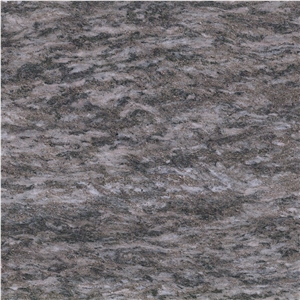
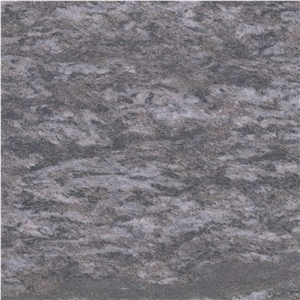
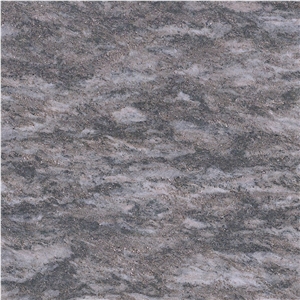
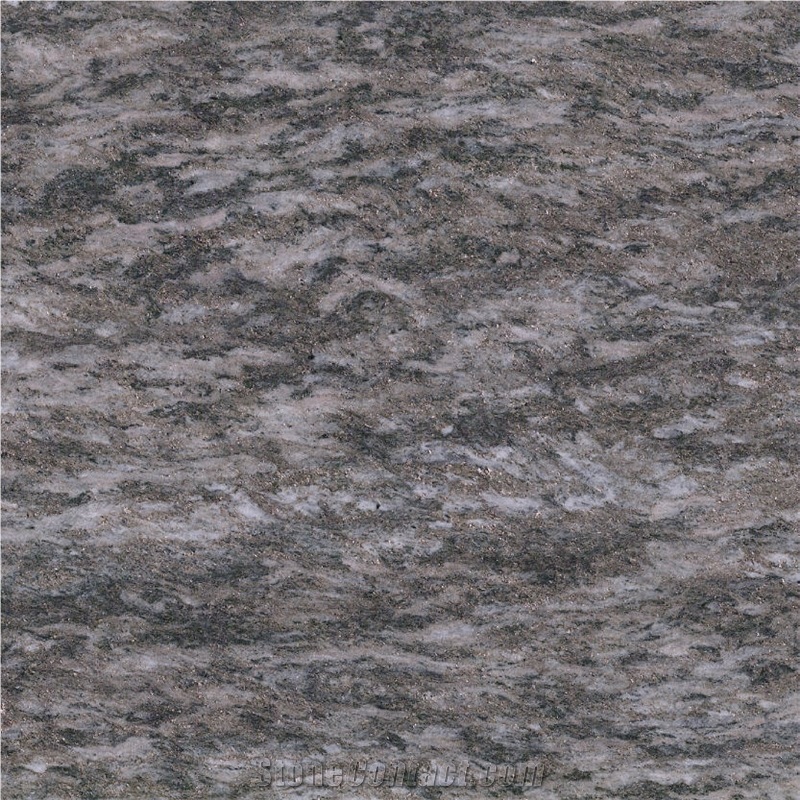
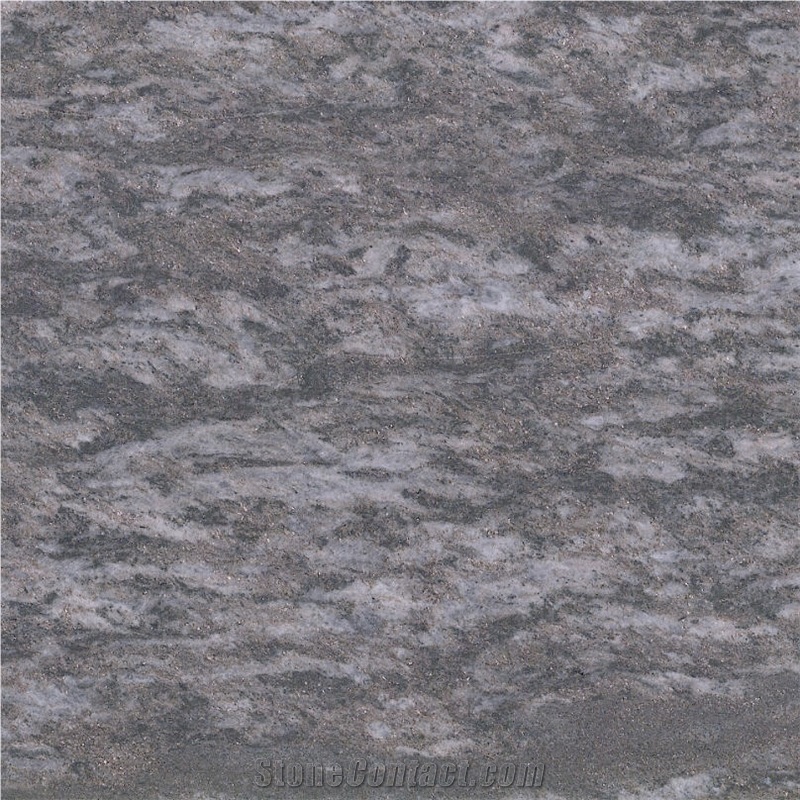
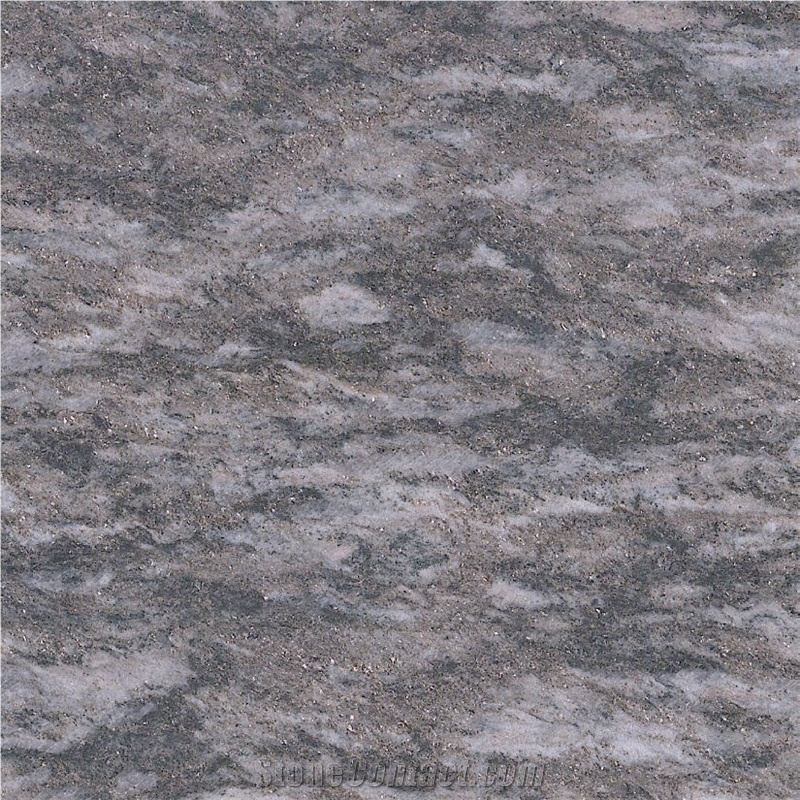

 Germany
Germany